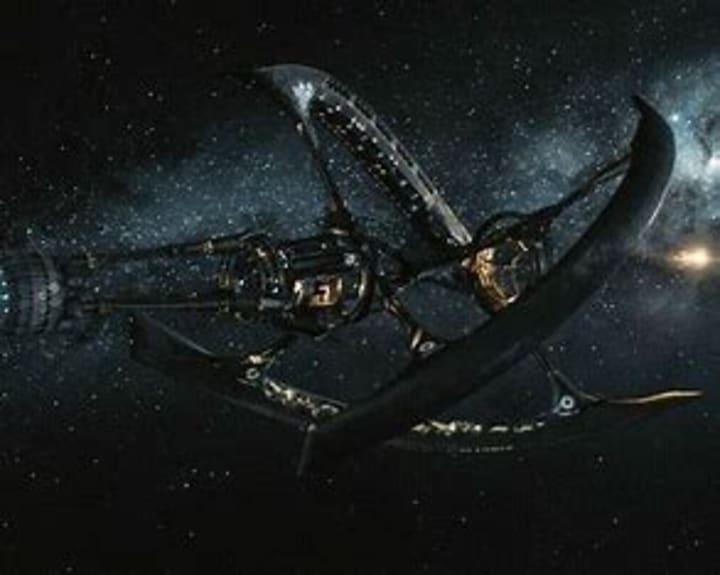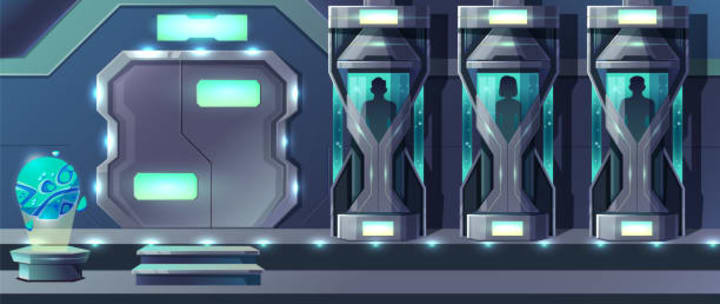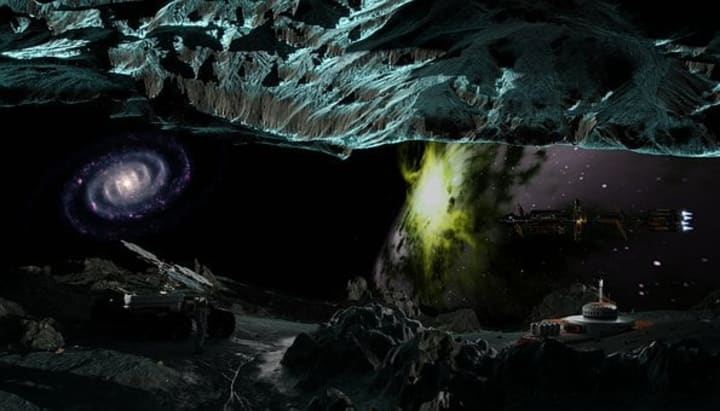Is Interstellar Travel Possible? What Are the Challenges Involved in Sending Humans to Other Star Systems?
Interstellar Travel

The concept of interstellar travel has fascinated humans for centuries. The possibility of exploring new worlds and discovering new forms of life beyond our solar system is an exciting prospect. However, the question remains: is interstellar travel possible? In this article, we will explore the challenges involved in sending humans to other star systems and examine some of the proposed solutions.
What is Interstellar Travel?
Interstellar travel is the concept of travelling between stars in the galaxy. It is a form of space travel that goes beyond our solar system and requires travelling at speeds faster than the speed of light. Currently, the fastest spacecraft ever built, the Parker Solar Probe, travels at a speed of about 430,000 miles per hour (690,000 km/h). However, even at this speed, it would take us more than 70,000 years to reach the nearest star, Proxima Centauri, which is about 4.24 light-years away.

The Challenges of Interstellar Travel
There are several challenges that need to be overcome for interstellar travel to become a reality. These challenges include:
1. Distance:
The vast distances between stars are the biggest obstacle to interstellar travel. Even with the fastest spacecraft ever built, it would take us tens of thousands of years to reach the nearest star. This means that we need to develop new technologies that can allow us to travel at much faster speeds.
2. Energy:
Interstellar travel requires a tremendous amount of energy. Even with the most efficient propulsion systems, we would need vast amounts of fuel to reach another star. This means that we need to develop new energy sources that can provide enough power to propel a spacecraft for years or even decades.
3. Radiation:
Space is filled with radiation that can be harmful to humans. The longer we stay in space, the more exposure we have to this radiation. This means that we need to develop new technologies that can protect astronauts from radiation.
4. Life Support:
Interstellar travel would require humans to be in space for decades or even centuries. This means that we need to develop life support systems that can sustain humans for long periods of time.
5. Crew Selection:
Selecting the right crew for an interstellar mission is critical. Crew members would need to be mentally and physically prepared for the journey and be able to work together for extended periods of time in a confined space.

Proposed Solutions
Despite these challenges, scientists and engineers are working on solutions that could make interstellar travel a reality. Some of the proposed solutions include:
1. Faster-Than-Light Travel:
Currently, traveling faster than the speed of light is thought to be impossible. However, some scientists are exploring the possibility of bending spacetime to create shortcuts through space. This concept is known as a wormhole.
A light-year is a unit of measurement used in astronomy to represent the distance that light travels in one year. Specifically, a light-year is approximately 9.46 trillion kilometers or 5.88 trillion miles. It is a useful way to measure the vast distances between celestial objects in space, such as stars and galaxies.

2. Fusion Propulsion:
Fusion propulsion is a technology that could provide enough energy to propel a spacecraft at speeds fast enough to reach another star. Scientists are currently working on developing the technology to make this possible.
3. Generation Ships:
A generation ship is a spacecraft that would be designed to sustain human life for generations. This would allow humans to travel to another star system over the course of decades or even centuries.

4. Cryogenic Sleep:
Cryogenic sleep is a concept where astronauts would be put into a state of suspended animation for the duration of the journey. This would reduce the need for life support systems and protect astronauts from radiation.

5. Resource Utilization:
One of the challenges of interstellar travel is the limited amount of resources that can be carried on a spacecraft. Therefore, it is essential to develop technologies that can utilize the resources available in space. For example, spacecraft could use asteroid mining to extract minerals and resources from asteroids for fuel and building materials.
6. Navigation:
Navigating through space is another challenge of interstellar travel. Currently, spacecraft use stars and other celestial objects for navigation. However, in interstellar space, there are few visible stars, making it difficult to navigate. Scientists are exploring the use of pulsars, which are rapidly spinning neutron stars, for navigation. Pulsars emit beams of radiation at regular intervals, making them like cosmic lighthouses that can be used to determine a spacecraft's position in space.
7. Ethics and Governance:
Interstellar travel raises ethical and governance questions. For example, who has the right to explore and colonize other planets? How do we ensure that the rights of indigenous life forms on other planets are respected? These are important questions that need to be addressed before interstellar travel becomes a reality.
8. Interstellar Communication:
Communication is another challenge of interstellar travel. Even if we are able to send a spacecraft to another star system, it will take years or even decades for the spacecraft to reach its destination. Therefore, it is essential to develop technologies that can enable real-time communication across interstellar distances.
9. Interstellar Economics:
Interstellar travel will require significant investments in research and development, infrastructure, and transportation. The potential benefits of interstellar travel, such as discovering new resources and developing new technologies, need to be weighed against the costs.
10. Interstellar Culture:
Interstellar travel will also have cultural implications. It will require humans to adapt to new environments and ways of life. This will require a new understanding of what it means to be human and how we relate to other forms of life in the universe.
Is Interstellar Travel Possible?

Interstellar travel is theoretically possible, but it currently poses significant technological and scientific challenges. The distances between stars are vast, and even the closest star systems are many trillions of kilometers away. At our current level of technology, it would take thousands of years to reach another star using conventional spacecraft propulsion methods.
To make interstellar travel feasible, new propulsion systems and energy sources are needed that can provide enough power to travel at high speeds for long periods of time. Additionally, new technologies for life support, navigation, and communication would need to be developed to enable humans to survive the journey and interact with other worlds.
Despite these challenges, scientists and engineers are actively exploring various approaches to interstellar travel, such as fusion propulsion, antimatter propulsion, and warp drive. While these technologies are still in the early stages of development, they hold promise for making interstellar travel a reality in the distant future.
Conclusion
In conclusion, interstellar travel is a complex and challenging endeavor that requires significant technological advancements, scientific breakthroughs, and ethical considerations. Despite these challenges, the potential benefits of interstellar travel are vast, including the discovery of new worlds and resources, the expansion of human knowledge, and the development of new technologies. As we continue to explore the universe, it is important to remember that the journey itself is just as important as the destination. Interstellar travel will not only change the way we view the universe, but it will also change the way we view ourselves and our place in the cosmos.
About the Creator
Gokila
She is an astrophile, introvert,
loves to read books all day long,
addicts in healthy lifestyle
and having curiosity to know about new things.
Life Is As Beautiful As You Make It. Contentment Is The Key To Happiness. Peace Be Upon The Saviour.
Enjoyed the story? Support the Creator.
Subscribe for free to receive all their stories in your feed. You could also pledge your support or give them a one-off tip, letting them know you appreciate their work.






Comments (1)
❤️✨💯